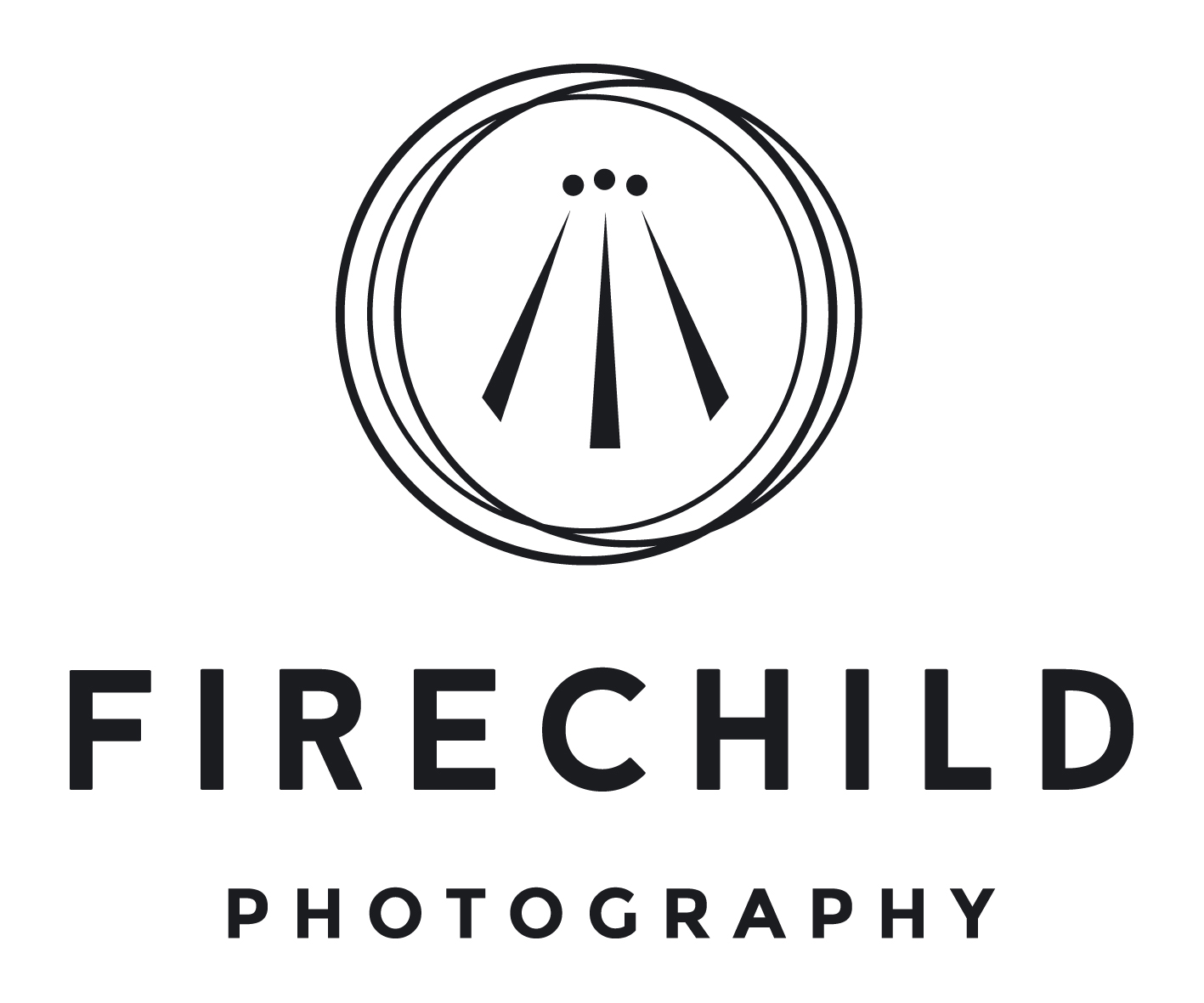Not Safe For Work, don’t say I didn’t warn you.
When you put Nan Goldin’s name into the google machine, the first portrait of the photographer herself, the first photo at all, is this one, entitled ‘Nan One Month After Being Battered, 1984’

It’s from her series ‘Ballad of Sexual Dependency’, where she explores her own relationships and those of her tribe. The struggles of autonomy and dependency, intimacy and understanding chronicled in Goldin’s own signature, and hugely influential, style.
Goldin’s tribe were, like herself, outsiders. Addicts, prostitutes, transvestites, transgendered; living in their own self-obsessed world, a group of people she referred to as her “family”. They were, she later wrote, “bonded not by blood, but by a similar morality, the need to live fully and for the moment.” She first started taking photos at 15 as a way of preserving and holding on to precious memories following the death of her sister, Barbara, by suicide – who “was born at the wrong time and had no tribe, no other people like her”. After moving from Boston to New York in her mid twenties, she began making a diaristic record of her life in her sexually liberated and drug dependent community. Through her confessional lens, she portrayed the parties, the fights and the lovers happening around her.
Jimmy Paulette and Tabboo! in the Bathroom, New York City 1991

This image is part of a large series of colour photographs of glamorous drag queens taken in New York, Paris and Berlin in the same year, and is often credited with influencing the new fashion photography of the 90s – the spontaneous, snap-shot aesthetic with its close and raw framing.
Speaking about her earlier work in her hometown of Boston in the early 70s:
I was eighteen and felt like I was a queen too … they became my whole world.
Part of my worship of them involved photographing them. I wanted to pay
homage, to show them how beautiful they were. I never saw them as men dressing
up as women, but as something entirely different – a third gender that made more
sense than either of the other two. I accepted them as they saw themselves; I had
no desire to unmask them with my camera.
(Quoted in The Other Side, p.5.)
Misty and Jimmy Paulette in a taxi, NYC, 1991

Greer Lankton and Paul Monroe. Lankton was a fascinating artist, whose work can still be seen in Pittsburgh. She lived with Goldin for a period in New York and was one of her first muses in the city.

Amanda in the Mirror, 1992

90s fashion photography also brought with it ‘heroin chic’- something Goldin is also, unwillingly, credited with. Fact is, heroin became cheaper and purer in the early 1990s, reducing the stigma and broadening the customer base to include the middle-class and wealthy. But while Goldin did document her hard-drug loving tribe with their pale skin, emaciated, angular limbs and dark eyes, her consistently non-judgmental and unsentimental observations showed a deep understanding, a realism and a lonliness rather than glorification for art’s sake.
Jaime King, from ‘James is a Girl’

Cookie at Tin Pan Alley, 1983

Nan and Brian in Bed, New York City, 1983

In an age when everyone over the age of 14 documents their lives so fully, I imagine Goldin’s images lose just some of their uniqueness. It’s hard to understand just how radical her work really was. But her work will always be visceral, honest, sumptuous, raw, intimate, influential.
Goldin is still working, you can read an interview with her from last year here.
How does her work make you feel? Do you love or loathe it?
Comments below, let’s talk about it.
Éadaoin
